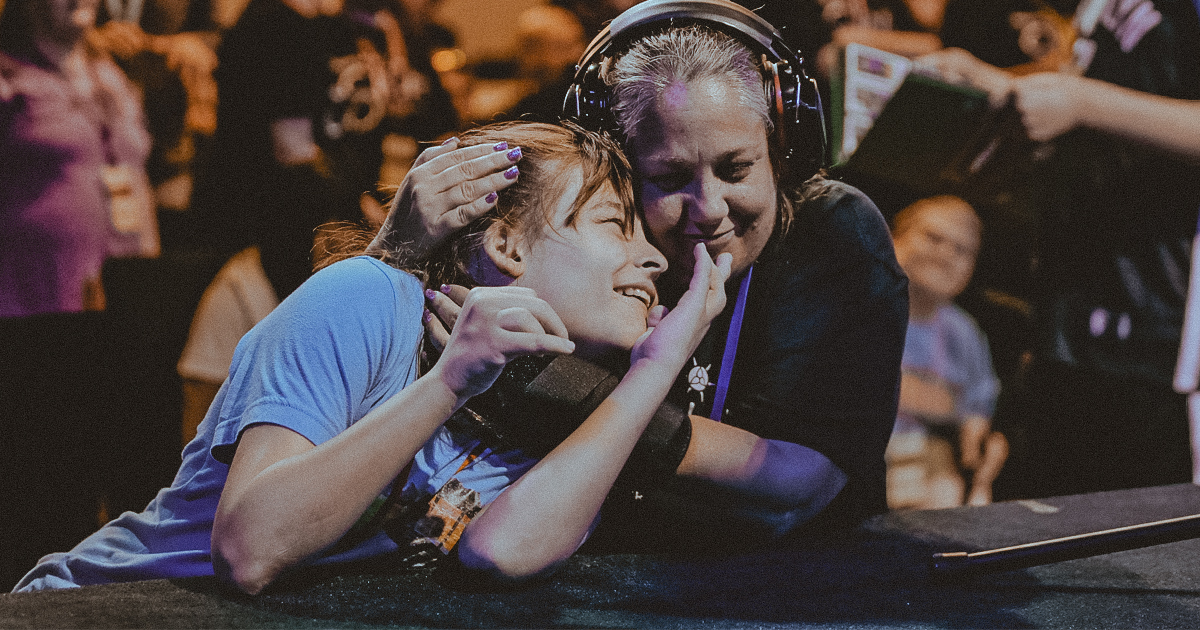We believe every child is uniquely created and deeply loved by God—including those with ADHD. Children with ADHD often bring creativity, energy, and curiosity into a room, but they may also face challenges with attention, impulse control, and transitions. This guide is designed to help ministry leaders and volunteers create a welcoming, structured, and supportive environment where children with ADHD can thrive. With a few intentional strategies and a heart for inclusion, your children’s ministry can be a place where all kids feel seen, valued, and empowered to grow in their faith.
1. Create a Predictable Structure
- Use visual schedules and clearly outline the flow of service (e.g., worship, story time, activity).
- Start each session with a consistent routine—this builds safety and reduces anxiety.
2. Give Clear, Simple Instructions
- Break tasks into small steps and give one direction at a time.
- Ask the child to repeat back what they heard to confirm understanding.
3. Provide Movement Breaks
- Allow for short, structured movement opportunities (e.g., stretch, wall push-ups, run an errand).
- Include hands-on activities like crafts or object lessons to keep bodies engaged.
4. Reduce Distractions
- Seat children with ADHD away from windows, doors, or overly stimulating decorations.
- Offer noise-canceling headphones or a quiet area if needed.
5. Use Positive Reinforcement
- Celebrate small successes and effort, not just outcomes.
- Offer immediate praise, stickers, or small rewards for following instructions or staying engaged.
6. Offer Fidget Tools or Sensory Supports
- Provide items like stress balls, putty, or textured objects to occupy hands during teaching time.
- Use these as tools, not toys—help kids learn when they can use them appropriately.
7. Pair with a Buddy or Leader
- Assign a consistent, encouraging adult or older peer to gently redirect and offer one-on-one attention.
- Relationships are key—ADHD kids thrive when they feel safe and understood.
8. Give Advance Notice for Transitions
- Use visual or verbal countdowns before changing activities (e.g., “5 more minutes of coloring”).
- Consider a transitional object to carry between activities (like a clipboard or stuffed animal).
9. Allow Choices When Possible
- Empower the child by letting them choose between two appropriate activities or roles (e.g., “Would you rather hand out crayons or hold the Bible for the story?”).
10. Communicate with Parents/Caregivers
- Ask what works well at home or school and how you can be consistent.
- Share victories and strategies so families know you’re a team.




